Home>Technology>Home Entertainment Systems>How To Build A Dolby Atmos Home Theater
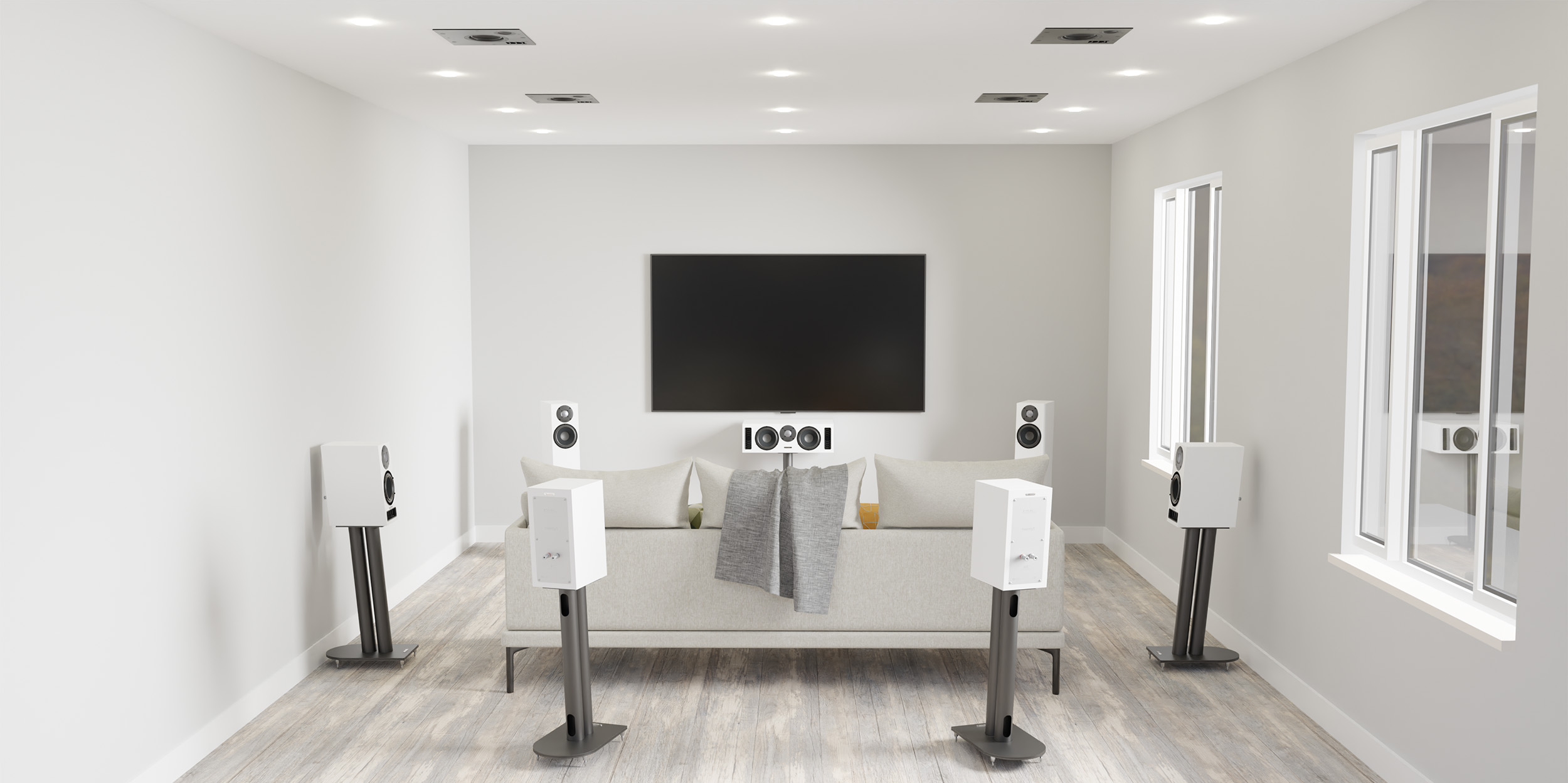

Home Entertainment Systems
How To Build A Dolby Atmos Home Theater
Published: February 15, 2024
Learn how to create an immersive Dolby Atmos home theater with our expert guide. Elevate your home entertainment system to new heights. Discover the ultimate audio experience!
(Many of the links in this article redirect to a specific reviewed product. Your purchase of these products through affiliate links helps to generate commission for Storables.com, at no extra cost. Learn more)
Introduction
Welcome to the ultimate guide on how to build a Dolby Atmos home theater system. If you're a movie enthusiast, a music lover, or a gaming aficionado, creating a captivating and immersive entertainment space in the comfort of your home is an exciting endeavor. Dolby Atmos technology has revolutionized the home entertainment experience, offering a three-dimensional audio environment that elevates the way you perceive sound. In this comprehensive guide, we will explore the intricacies of setting up a Dolby Atmos home theater, from understanding the technology to selecting the right equipment and optimizing the audio system for an unparalleled audio-visual journey.
Dolby Atmos isn't just about sound coming from different directions; it's about creating a lifelike, multidimensional audio experience that transports you into the heart of the action. Whether it's the subtle rustle of leaves in a serene forest, the thunderous roar of a spaceship taking off, or the delicate plucking of guitar strings in a live concert, Dolby Atmos brings every sound to life with astonishing clarity and depth. By understanding the fundamental principles of Dolby Atmos and carefully curating the components of your home theater system, you can unlock a new realm of sensory immersion that will redefine your entertainment encounters.
In the following sections, we will delve into the crucial aspects of building a Dolby Atmos home theater. From choosing the right room to configuring the audio system, each step is pivotal in ensuring that you achieve the optimal audio performance. Whether you're a seasoned audiophile or a newcomer to the world of home entertainment systems, this guide is designed to equip you with the knowledge and insights needed to embark on this exhilarating journey. So, let's embark on this adventure together and unravel the secrets of creating a mesmerizing Dolby Atmos home theater that will leave you spellbound with its sonic prowess.
Key Takeaways:
- Dolby Atmos technology creates a lifelike, 3D audio experience for movies, music, and games. Choosing the right room and equipment, and setting up and calibrating the system are crucial for an immersive home theater.
- Enjoy the captivating capabilities of your Dolby Atmos home theater by indulging in cinematic adventures, musical odysseys, and thrilling gaming experiences. Immerse yourself in a world of unparalleled sensory delight within your own home.
Read more: How To Build A Home Theater Riser
Understanding Dolby Atmos
Dolby Atmos represents a groundbreaking advancement in audio technology, redefining the way sound is experienced in home entertainment systems. Unlike traditional surround sound setups that rely on channels, Dolby Atmos introduces a revolutionary concept of audio objects. These audio objects can be precisely placed and moved in three-dimensional space, creating an immersive soundscape that envelops the listener from every angle.
At the core of Dolby Atmos is the idea of height channels, which add a vertical dimension to the audio experience. By incorporating ceiling speakers or upward-firing speakers, Dolby Atmos systems can produce sound from above, delivering a sense of height and depth that was previously unattainable with conventional setups. This vertical expansion allows for a more realistic portrayal of audio, making it seem as though sound is emanating from specific locations within the room, rather than being confined to specific channels.
One of the key features of Dolby Atmos is its adaptability to different speaker configurations. Whether you opt for a 5.1.2, 7.1.4, or any other setup, Dolby Atmos can dynamically render audio to suit the specific speaker layout, ensuring a consistent and immersive experience across various systems. This flexibility empowers users to customize their home theater setups according to their space and preferences, without compromising on audio quality.
Furthermore, Dolby Atmos is not limited to movies; it extends its prowess to music and gaming as well. With Dolby Atmos Music and Dolby Atmos for gaming, the technology transcends the boundaries of cinematic audio, offering a captivating auditory experience across diverse media. Whether it's the nuanced layers of a symphony orchestra, the pulsating beats of a rock concert, or the directional cues in a first-person shooter game, Dolby Atmos enriches every sonic facet, drawing the listener into the heart of the performance or action.
In essence, Dolby Atmos represents a paradigm shift in audio reproduction, transcending the constraints of traditional channel-based systems to create a truly immersive and lifelike audio environment. By understanding the principles and capabilities of Dolby Atmos, you can embark on a journey to transform your home entertainment space into a realm of unparalleled sensory immersion.
Choosing the Right Room
Selecting the appropriate room for your Dolby Atmos home theater is a crucial step that significantly impacts the overall audio performance and immersive experience. The ideal room should offer sufficient space and acoustics conducive to creating a captivating audio environment. Here are essential considerations to guide you in choosing the right room for your Dolby Atmos setup:
Room Size and Layout
The size of the room plays a pivotal role in determining the effectiveness of your Dolby Atmos system. While Dolby Atmos can be adapted to various room sizes, a larger space generally allows for a more expansive and enveloping audio experience. Additionally, the layout of the room should accommodate the placement of speakers, including overhead or ceiling-mounted units for height channels. Consider the dimensions and shape of the room to ensure that it can accommodate the desired speaker configuration without compromising the audio dispersion and imaging.
Acoustic Properties
The acoustic characteristics of the room significantly influence the way sound propagates and interacts with the environment. Rooms with excessive echo, reverberation, or sound reflections may degrade the precision and clarity of Dolby Atmos audio. Conversely, overly dampened spaces can stifle the natural ambience and spatial effects. It's essential to strike a balance and consider implementing acoustic treatments, such as sound-absorbing panels and diffusers, to optimize the room's acoustics for an immersive and balanced soundstage.
Read more: How To Calibrate A Home Theater
Seating Arrangement
The placement of seating within the room is another critical aspect to contemplate. The seating should be strategically positioned to optimize the listening experience, taking into account the speaker layout and the recommended listening positions for Dolby Atmos setups. Ideally, the seating arrangement should allow for an unobstructed view of the screen and ensure that the audience is positioned within the optimal sweet spot for experiencing the full impact of Dolby Atmos's three-dimensional audio immersion.
By carefully evaluating these factors and selecting a room that aligns with the spatial and acoustic requirements of a Dolby Atmos home theater, you can lay a solid foundation for creating an awe-inspiring audio-visual sanctuary within your home. The right room sets the stage for the subsequent steps in building your Dolby Atmos system, ensuring that every sonic nuance is brought to life with unparalleled fidelity and realism.
Selecting the Right Equipment
When it comes to building a Dolby Atmos home theater, selecting the right equipment is paramount to achieving a captivating and immersive audio-visual experience. From AV receivers and speakers to subwoofers and media players, each component plays a crucial role in shaping the sonic landscape within your home entertainment space. Here's a comprehensive overview of the essential equipment needed for a stellar Dolby Atmos setup:
AV Receiver:
The cornerstone of any Dolby Atmos system is the AV receiver. It serves as the central hub for audio and video processing, powering the speakers and decoding the Dolby Atmos audio format. When choosing an AV receiver, ensure that it supports Dolby Atmos and offers the necessary channels for your desired speaker configuration. Look for features such as HDMI connectivity, support for 4K video passthrough, and advanced room calibration technologies to optimize the audio performance.
Speakers:
Selecting the right speakers is pivotal in realizing the full potential of Dolby Atmos. For a complete Dolby Atmos setup, you'll need a combination of traditional floor-standing or bookshelf speakers, dedicated center channel speakers, surround speakers, and height speakers. The height speakers can be in-ceiling models, upward-firing speakers, or Dolby Atmos-enabled speakers designed to deliver sound from above. It's essential to ensure that the speakers are timbre-matched to maintain a cohesive and seamless soundstage.
Read more: How To Design A Home Theater
Subwoofer:
A high-quality subwoofer is essential for reproducing the low-frequency effects and adding depth to the audio experience. When integrating a subwoofer into your Dolby Atmos system, consider factors such as room size, bass management features on the AV receiver, and the subwoofer's frequency response to achieve a balanced and impactful low-end performance.
Media Player and Source Components:
To enjoy Dolby Atmos content, you'll need a compatible media player or source component that can deliver Dolby Atmos-encoded audio and video. This may include Ultra HD Blu-ray players, streaming media devices, gaming consoles, or dedicated media servers. Ensure that your chosen media player supports Dolby Atmos playback and is compatible with your AV receiver and display device.
Cables and Interconnects:
Investing in high-quality cables and interconnects is often overlooked but can significantly impact the overall audio and video quality. Opt for HDMI cables that support the latest specifications, ensuring compatibility with 4K HDR content and high-bandwidth audio formats. Additionally, consider speaker cables and interconnects that minimize signal loss and interference, preserving the integrity of the audio signal throughout the system.
By meticulously selecting the right equipment tailored to your specific requirements and space, you can lay the groundwork for an exceptional Dolby Atmos home theater system. Each component contributes to the cohesive orchestration of lifelike audio immersion, bringing every sonic detail to life with astonishing clarity and realism. With the right equipment in place, you're poised to embark on the next phase of setting up your Dolby Atmos home theater and unlocking a world of sensory delight within your own home.
Setting Up the Speakers
Setting up the speakers is a pivotal phase in constructing a Dolby Atmos home theater system, as it directly influences the spatial precision and immersive quality of the audio environment. Whether you opt for an in-ceiling speaker configuration, upward-firing speakers, or Dolby Atmos-enabled speaker modules, the placement and calibration of each speaker are critical in achieving a cohesive and enveloping soundstage. Here's a detailed exploration of the key considerations and steps involved in setting up the speakers for your Dolby Atmos system:
Read more: How To Improve Home Theater Sound
Speaker Placement:
The placement of speakers in a Dolby Atmos setup is meticulously designed to create a three-dimensional audio experience. For overhead or height channels, in-ceiling speakers are positioned to deliver sound from above, enveloping the listener in a captivating sonic atmosphere. Alternatively, upward-firing speakers are strategically placed on top of existing floor-standing or bookshelf speakers, utilizing the ceiling to reflect sound and create the illusion of overhead audio effects. Dolby Atmos-enabled speakers are engineered with integrated upward-firing drivers, offering a convenient and immersive solution for height channels without the need for ceiling installations.
Channel Configuration:
In a Dolby Atmos system, the channel configuration is tailored to the specific speaker layout, accommodating the traditional surround channels along with the additional height channels. Common configurations include 5.1.2, 7.1.4, and beyond, indicating the number of traditional surround speakers, subwoofers, and height speakers in the setup. It's essential to adhere to the recommended speaker layout guidelines provided by Dolby to ensure optimal audio rendering and seamless object-based panning within the three-dimensional space.
Calibration and Positioning:
Once the speakers are physically installed, calibration and positioning play a crucial role in fine-tuning the audio performance. Utilizing advanced room calibration features on the AV receiver, such as Audyssey, MCACC, or proprietary calibration systems, ensures that each speaker is optimized for its specific role in the audio reproduction. This includes adjusting levels, delays, and equalization to achieve a balanced and coherent soundstage. Additionally, precise speaker positioning relative to the primary listening area is essential to create a sweet spot where the Dolby Atmos effects are most pronounced, enhancing the overall immersive experience.
By meticulously attending to these aspects of setting up the speakers, you can lay the groundwork for a captivating and seamless Dolby Atmos audio environment within your home theater. The precise placement, configuration, and calibration of each speaker contribute to the cohesive orchestration of lifelike audio immersion, bringing every sonic detail to life with astonishing clarity and realism. With the speakers set up to perfection, you're poised to embark on the next phase of configuring the audio system and unlocking a world of sensory delight within your own home.
Configuring the Audio System
Configuring the audio system in a Dolby Atmos home theater is a pivotal phase that fine-tunes the intricate interplay of audio components, ensuring a seamless and immersive sonic experience. From optimizing the AV receiver settings to fine-tuning the audio parameters, each step contributes to the harmonious orchestration of lifelike audio immersion. Here's a comprehensive exploration of the essential aspects involved in configuring the audio system for your Dolby Atmos setup:
Read more: How To Soundproof A Home Theater Room
AV Receiver Setup:
The AV receiver serves as the nerve center of the Dolby Atmos system, handling audio processing, channel routing, and room calibration. Begin by accessing the AV receiver's setup menu to designate the speaker layout, specifying the number of traditional surround speakers, subwoofers, and height channels in your configuration. Ensure that the Dolby Atmos capabilities are enabled, allowing the receiver to decode and render object-based audio for a captivating three-dimensional sonic environment.
Room Calibration and EQ:
Most modern AV receivers offer advanced room calibration technologies, such as Audyssey, MCACC, or proprietary calibration systems. Utilize these tools to analyze the acoustic characteristics of the room and automatically adjust speaker levels, delays, and equalization settings to optimize the audio performance. By calibrating the system to the specific acoustics of your room, you can mitigate sonic irregularities and achieve a balanced soundstage that envelops the listener with precision and clarity.
Dolby Atmos Renderer Settings:
Dolby Atmos systems often feature a dedicated renderer that manages the spatial positioning and rendering of audio objects. Access the renderer settings to fine-tune parameters such as object size, movement, and elevation, allowing for a customized and tailored audio experience. Additionally, explore the options for adjusting the overhead audio effects, ensuring that the height channels seamlessly integrate with the traditional surround sound, creating a cohesive and enveloping sonic atmosphere.
Source Device Configuration:
When configuring the audio system, it's essential to ensure that the source devices, such as Ultra HD Blu-ray players, streaming media devices, or gaming consoles, are set to output Dolby Atmos-encoded audio. Verify that the media player's audio settings align with the capabilities of your AV receiver, enabling the seamless transmission of Dolby Atmos content to your home theater system.
Read more: How To Hide Home Theater Cables
Fine-Tuning Audio Parameters:
Delve into the audio settings of the AV receiver to fine-tune parameters such as crossover frequencies, dialogue enhancement, dynamic range control, and bass management. These adjustments allow you to tailor the audio reproduction to your preferences, optimizing the balance, clarity, and impact of the sound within your home theater environment.
By meticulously attending to these aspects of configuring the audio system, you can elevate the sonic performance of your Dolby Atmos home theater, ensuring that every auditory nuance is brought to life with astonishing fidelity and realism. The precise calibration and customization of the audio parameters contribute to a captivating and seamless Dolby Atmos audio environment, unlocking a world of sensory delight within your own home.
Testing and Calibrating the System
Testing and calibrating the Dolby Atmos system is a critical phase that ensures the optimal performance and sonic precision of the entire audio setup. By meticulously evaluating the system's functionality and fine-tuning its parameters, you can unleash the full potential of Dolby Atmos, creating a captivating and immersive audio environment within your home theater.
Speaker Verification:
Commence the testing process by verifying the functionality and placement of each speaker within the Dolby Atmos system. Confirm that all speakers, including the traditional surround channels and height speakers, are operational and correctly positioned according to the designated layout. This verification ensures that the audio signals are accurately distributed across the spatial array, laying the foundation for a cohesive and enveloping sonic experience.
Sound Object Localization:
Engage in audio playback that showcases the spatial precision and object-based rendering capabilities of Dolby Atmos. Select demo content specifically designed to highlight the three-dimensional audio effects, allowing you to discern the precise localization and movement of sound objects within the room. This testing phase provides insight into the system's ability to create a lifelike auditory environment, where sound emanates from distinct locations with remarkable accuracy and realism.
Read more: What Is A Home Theater System
Room Acoustics Analysis:
Conduct an analysis of the room's acoustics during the testing phase, paying attention to factors such as reverberation, reflections, and sonic irregularities. By playing test tones and evaluating the room's response, you can identify areas where acoustic treatments or adjustments may be necessary to optimize the audio performance. This analysis ensures that the room's acoustics complement the Dolby Atmos system, enhancing the clarity and spatial immersion of the audio reproduction.
Calibration Refinement:
Utilize advanced room calibration features on the AV receiver to refine the audio parameters and tailor the system's response to the specific acoustics of the room. Fine-tune speaker levels, delays, and equalization settings to mitigate sonic irregularities and achieve a balanced soundstage. This calibration refinement optimizes the system for the unique characteristics of your home theater space, ensuring that every sonic nuance is reproduced with precision and clarity.
Listening Evaluation:
Engage in critical listening sessions to evaluate the overall sonic performance and immersive qualities of the Dolby Atmos system. Experience a variety of content, including movies, music, and games, to assess the system's ability to envelop the listener in a captivating auditory journey. Pay attention to the spatial imaging, dynamic range, and tonal balance, ensuring that the Dolby Atmos system delivers a compelling and lifelike audio experience across diverse media.
By meticulously testing and calibrating the Dolby Atmos system, you can refine its sonic performance to unprecedented levels, unlocking a world of sensory delight within your own home. This meticulous approach ensures that every auditory nuance is brought to life with astonishing fidelity and realism, allowing you to immerse yourself in a captivating audio-visual sanctuary that transcends the boundaries of traditional home entertainment.
Enjoying Your Dolby Atmos Home Theater
Now that you've meticulously set up and calibrated your Dolby Atmos home theater system, it's time to immerse yourself in a world of unparalleled sensory delight. With every component meticulously positioned and fine-tuned, your home entertainment space is primed to deliver an audio-visual experience that transcends the boundaries of traditional media consumption. Here's how you can fully embrace and revel in the captivating capabilities of your Dolby Atmos home theater:
Read more: What Is A Home Theater Display
Cinematic Escapades:
Embark on a cinematic journey like never before as you indulge in blockbuster movies, timeless classics, and the latest releases. With Dolby Atmos, every scene comes to life with astonishing clarity and depth, drawing you into the heart of the action. From the subtle rustle of leaves in a serene forest to the thunderous roar of a spaceship taking off, every sound is meticulously rendered in a three-dimensional space, enveloping you in a captivating auditory adventure.
Musical Odyssey:
Experience the symphonic grandeur and sonic intricacies of your favorite music with Dolby Atmos Music. Whether it's the layered harmonies of a symphony orchestra, the pulsating beats of a live concert, or the intimate acoustic nuances of a studio recording, Dolby Atmos elevates the way you perceive and appreciate music. Immerse yourself in a sonic panorama where every note, instrument, and vocal performance is intricately woven into a mesmerizing auditory tapestry.
Gaming Thrills:
Step into the virtual realms of gaming and elevate your interactive experiences with Dolby Atmos for gaming. From the directional cues in first-person shooters to the immersive ambience of open-world adventures, Dolby Atmos enriches every sonic facet, drawing you deeper into the heart of the gameplay. Hear the subtle footsteps of approaching adversaries, the immersive environmental effects, and the dynamic spatial audio that heightens the thrill of gaming escapades.
Unparalleled Immersion:
Whether you're hosting a movie night with friends, indulging in a solo music listening session, or engaging in intense gaming battles, your Dolby Atmos home theater creates an unparalleled sense of immersion. The lifelike audio environment transcends the confines of traditional audio setups, enveloping you in a captivating sonic embrace that heightens the emotional impact of every auditory experience.
Read more: What Is A Home Theater Receiver
Endless Exploration:
With Dolby Atmos, your home entertainment space becomes a realm of endless exploration, where every audio-visual encounter is infused with depth, precision, and realism. Delve into a diverse range of content, from heart-pounding action sequences to soul-stirring musical performances, and savor the transformative power of Dolby Atmos as it transports you into the heart of the narrative, melody, or gameplay.
In essence, enjoying your Dolby Atmos home theater is an invitation to embark on a sensory odyssey that transcends the ordinary and redefines the way you perceive and engage with audio-visual content. With every moment, every note, and every sound brought to life with astonishing fidelity and depth, your Dolby Atmos home theater becomes a sanctuary of sensory delight, where the boundaries between reality and entertainment blur into a captivating symphony of immersive experiences.
Frequently Asked Questions about How To Build A Dolby Atmos Home Theater
Was this page helpful?
At Storables.com, we guarantee accurate and reliable information. Our content, validated by Expert Board Contributors, is crafted following stringent Editorial Policies. We're committed to providing you with well-researched, expert-backed insights for all your informational needs.
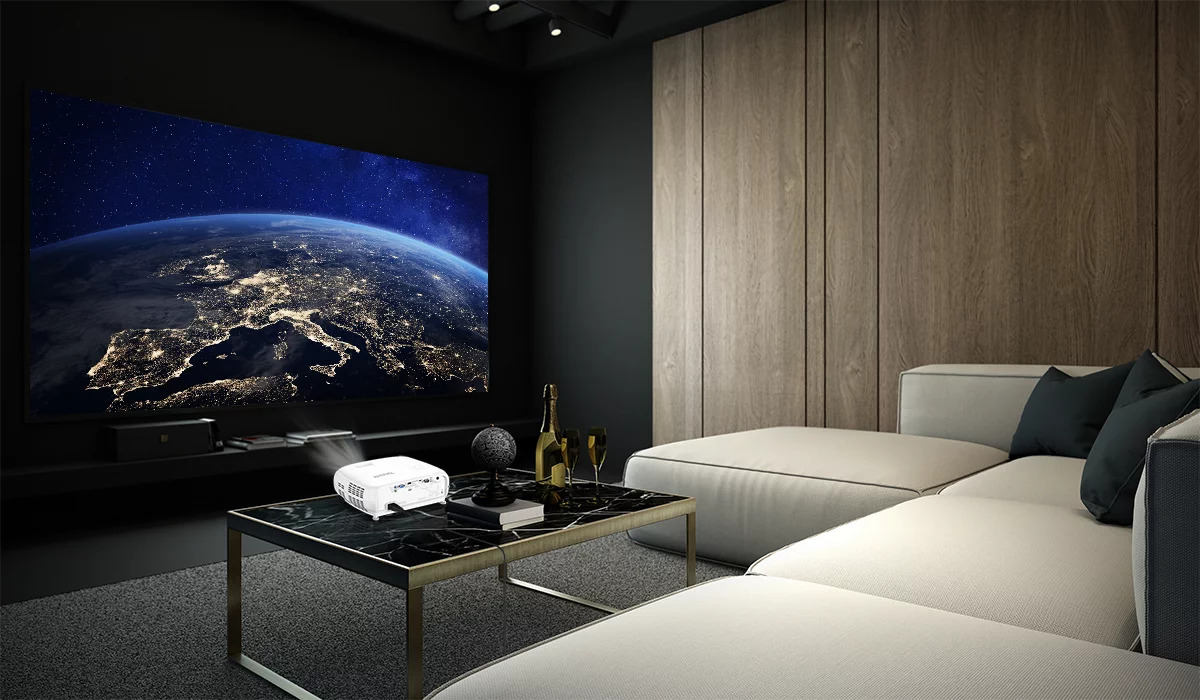
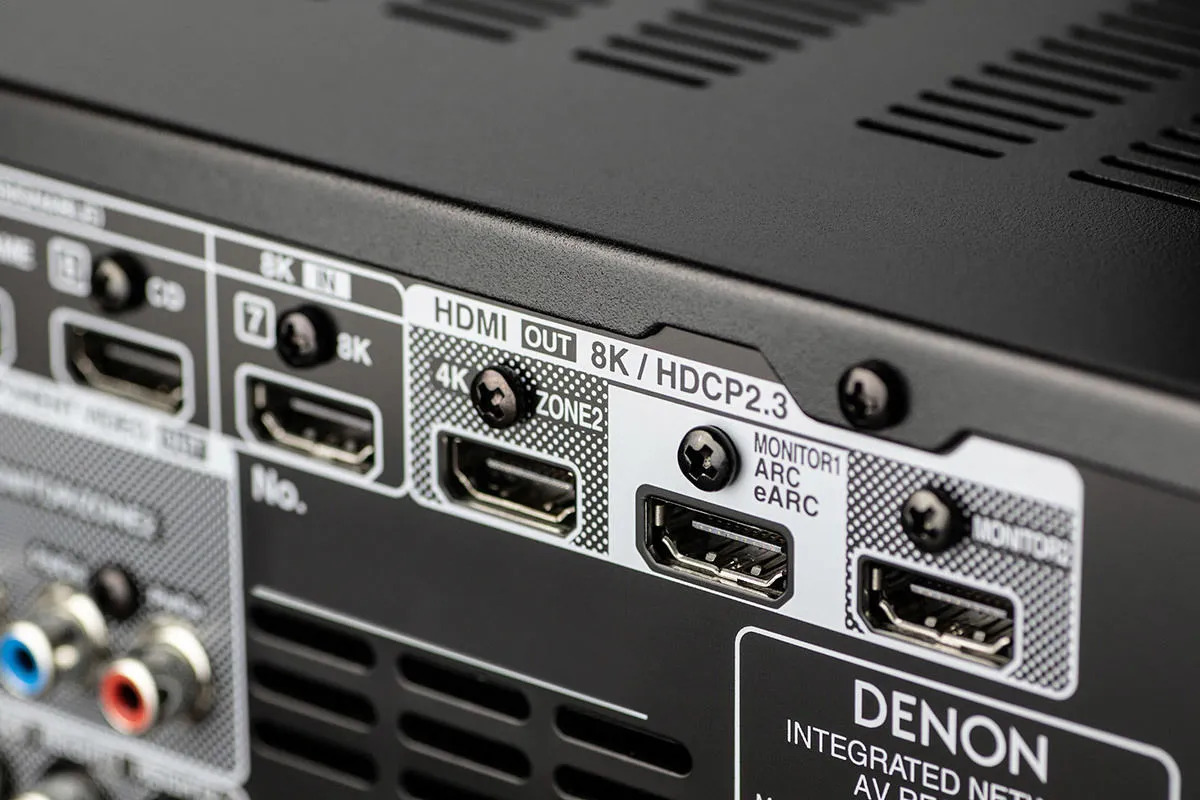
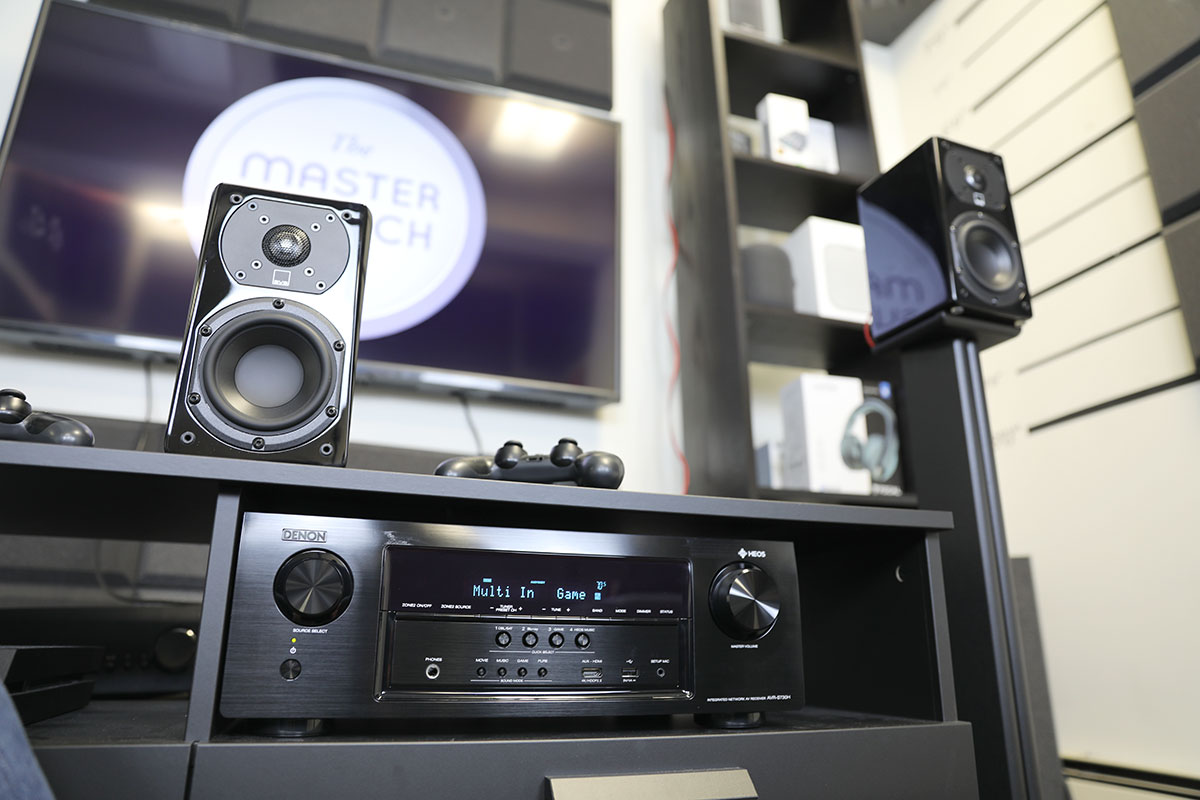
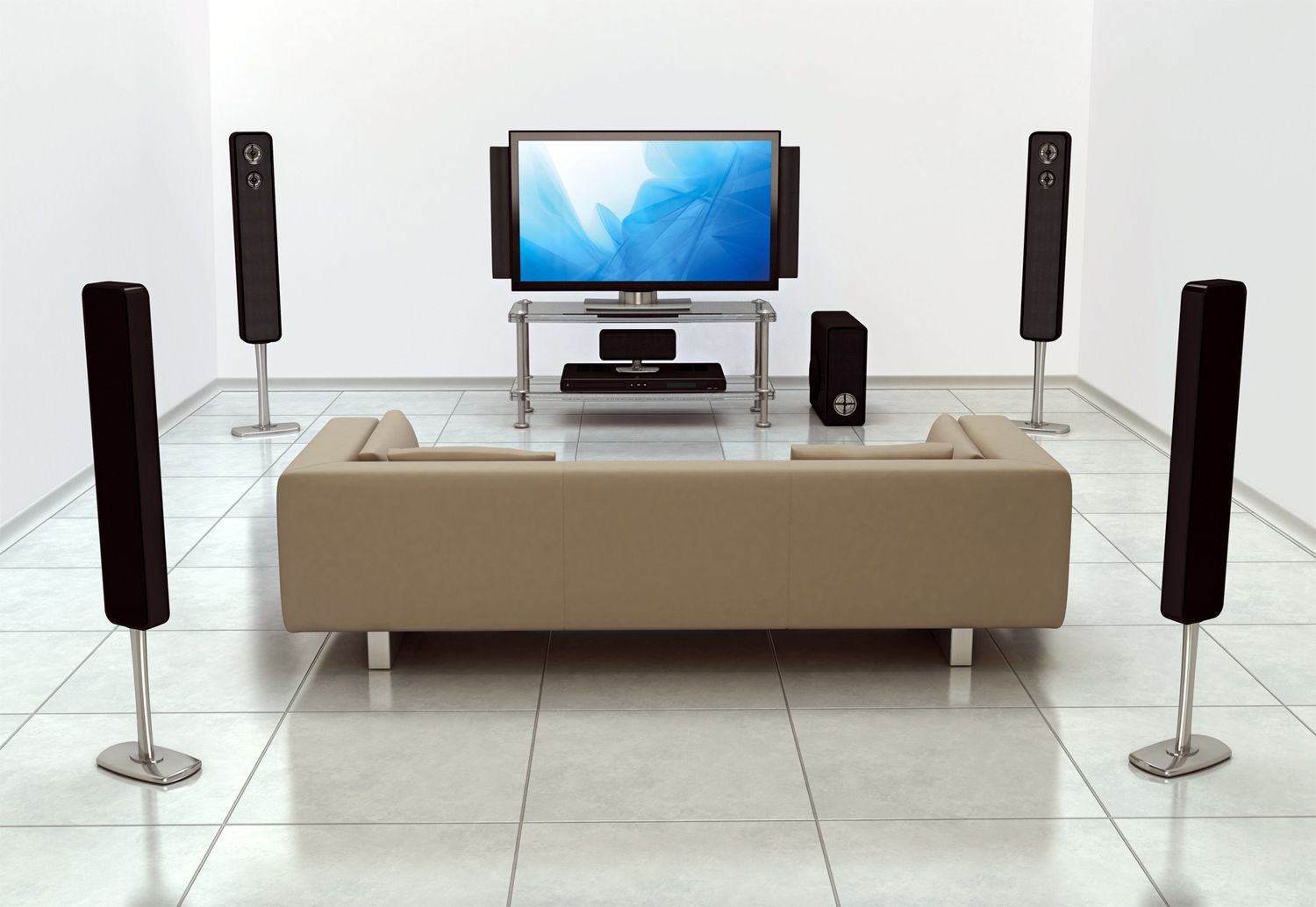
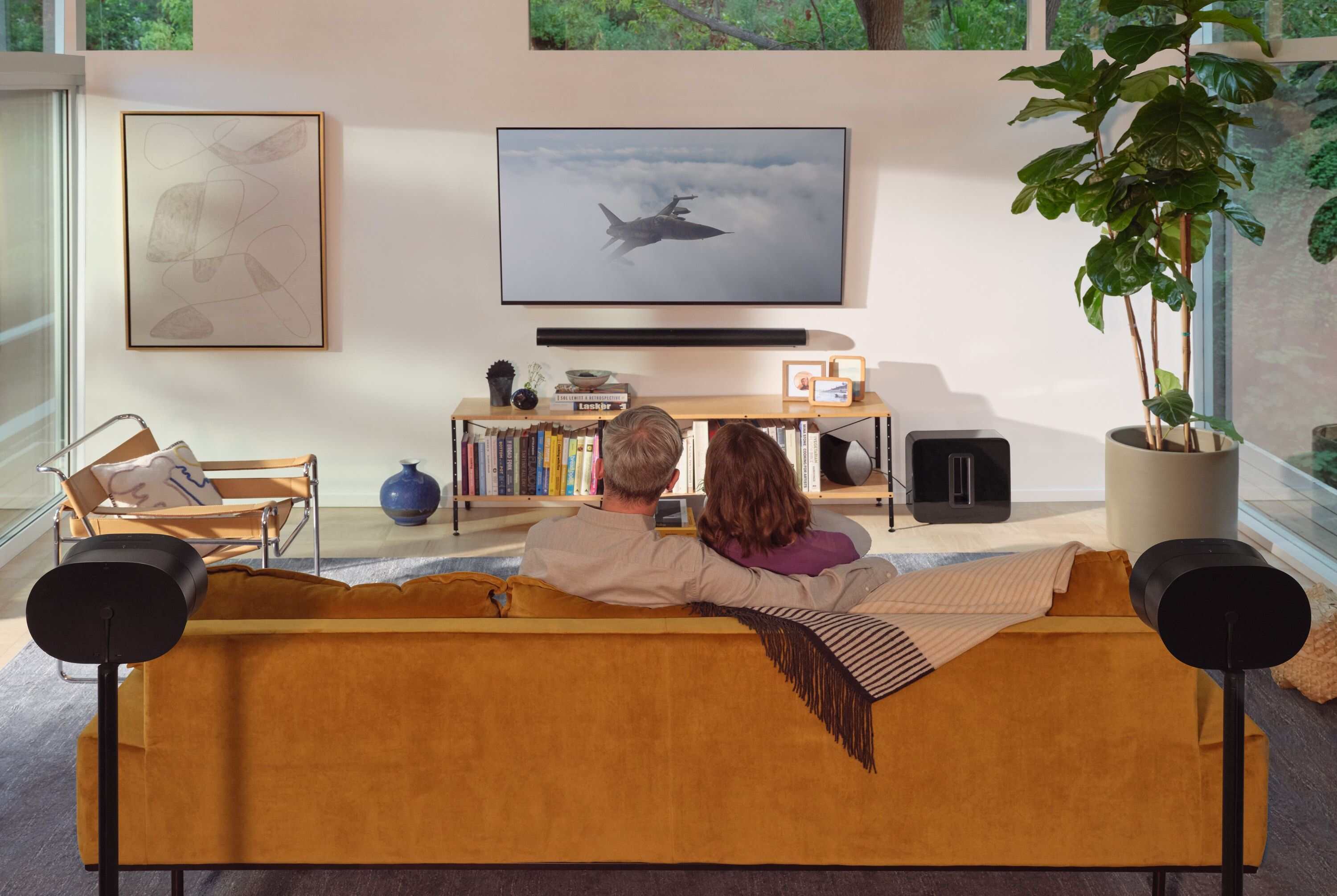
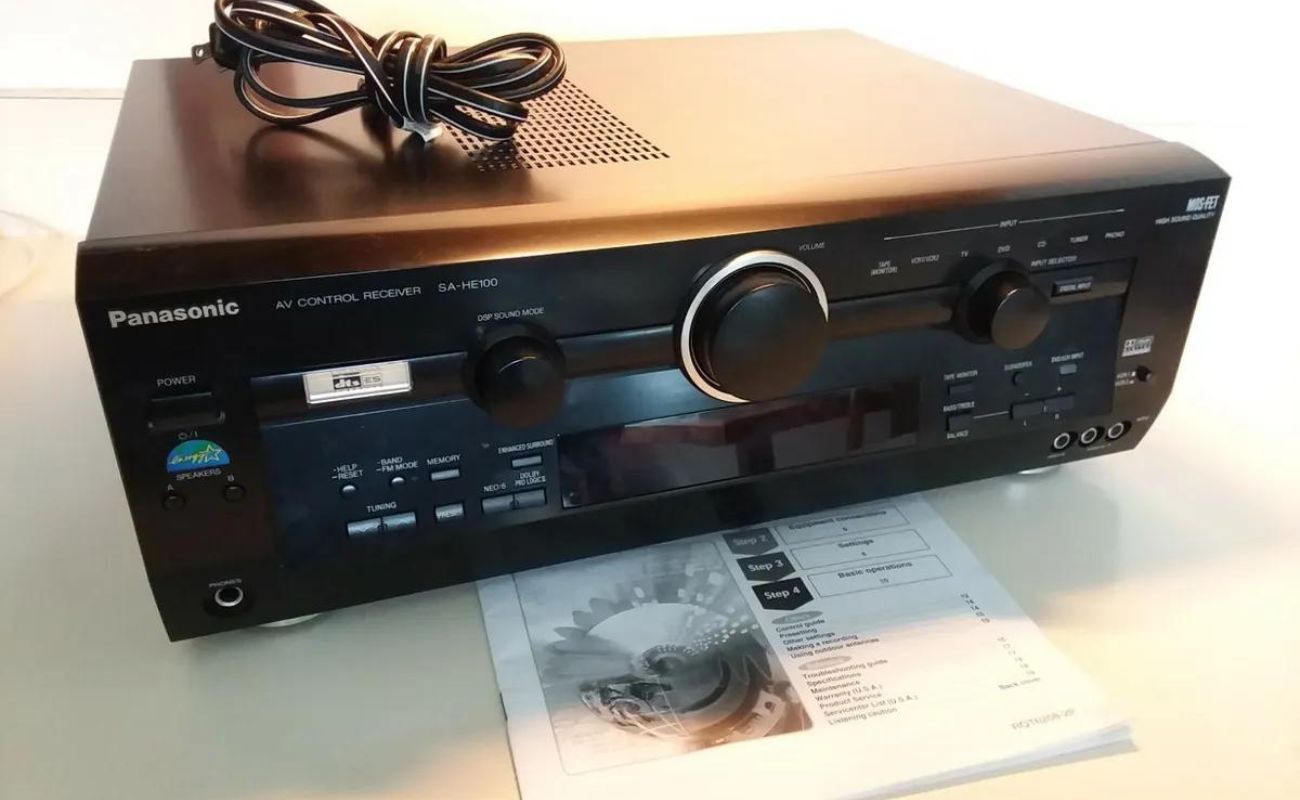


0 thoughts on “How To Build A Dolby Atmos Home Theater”